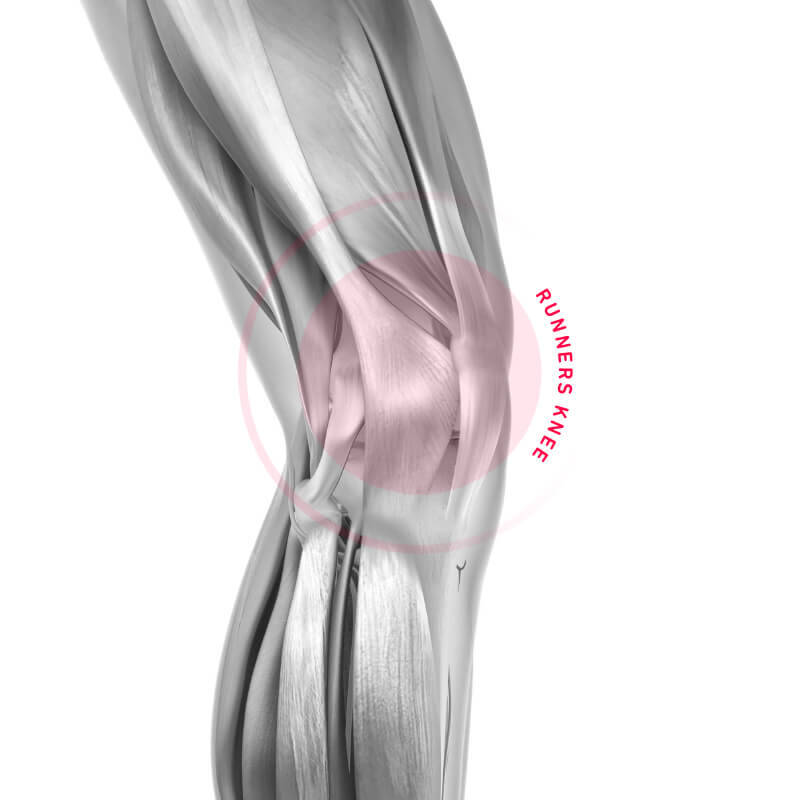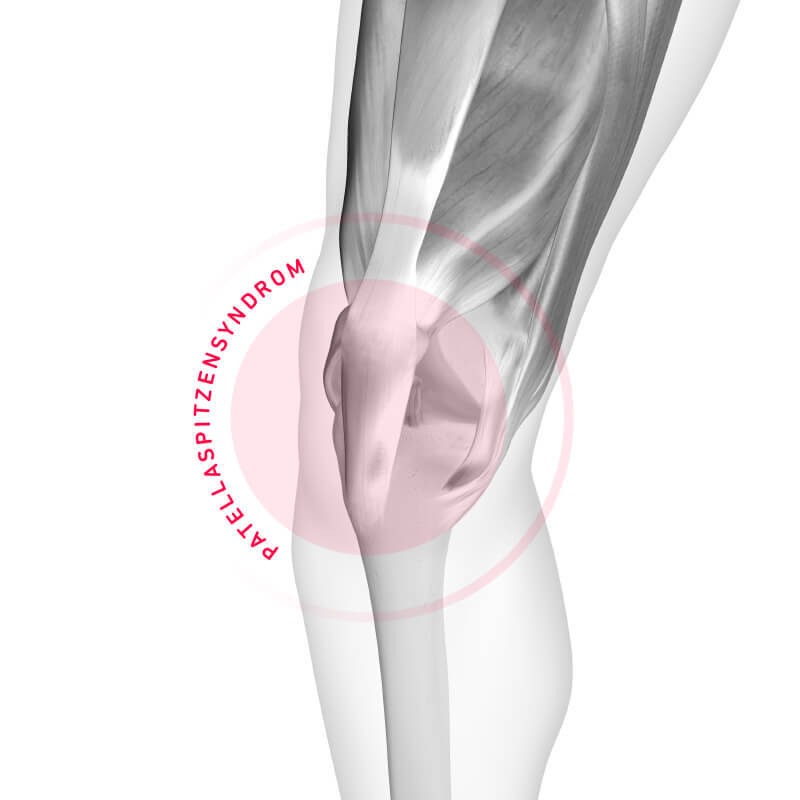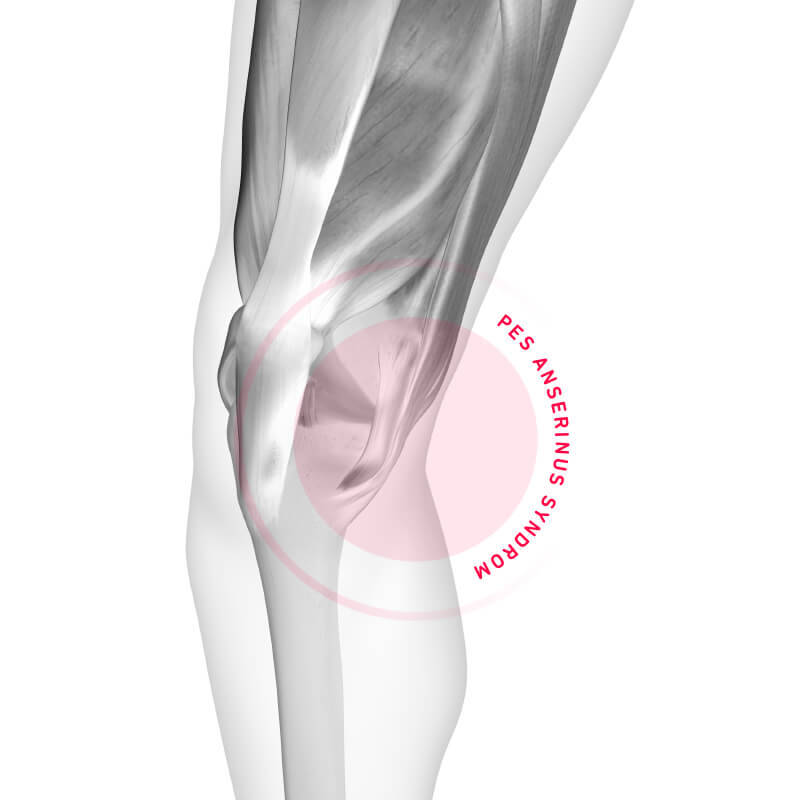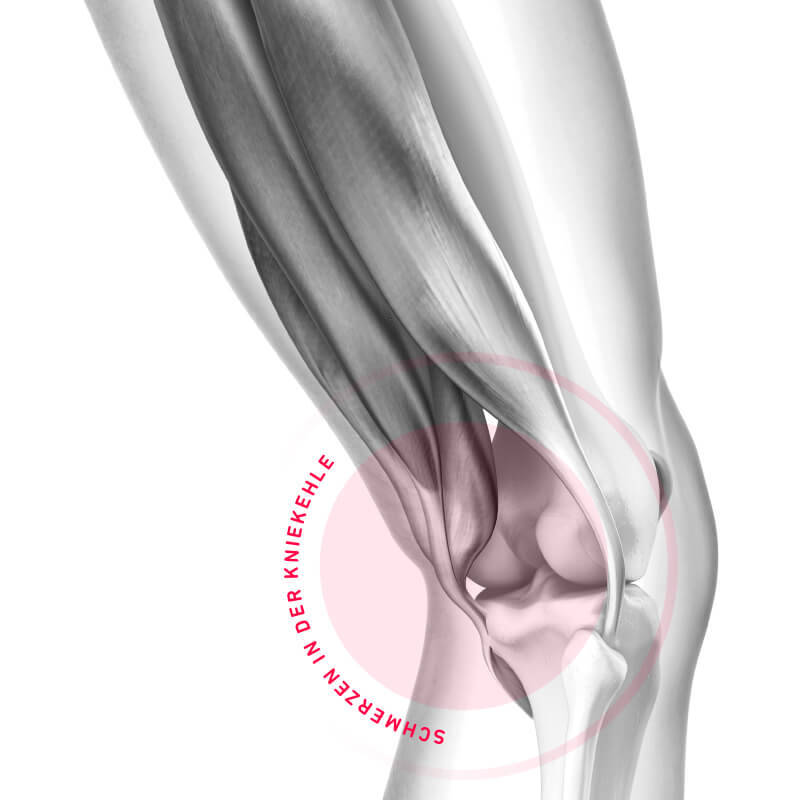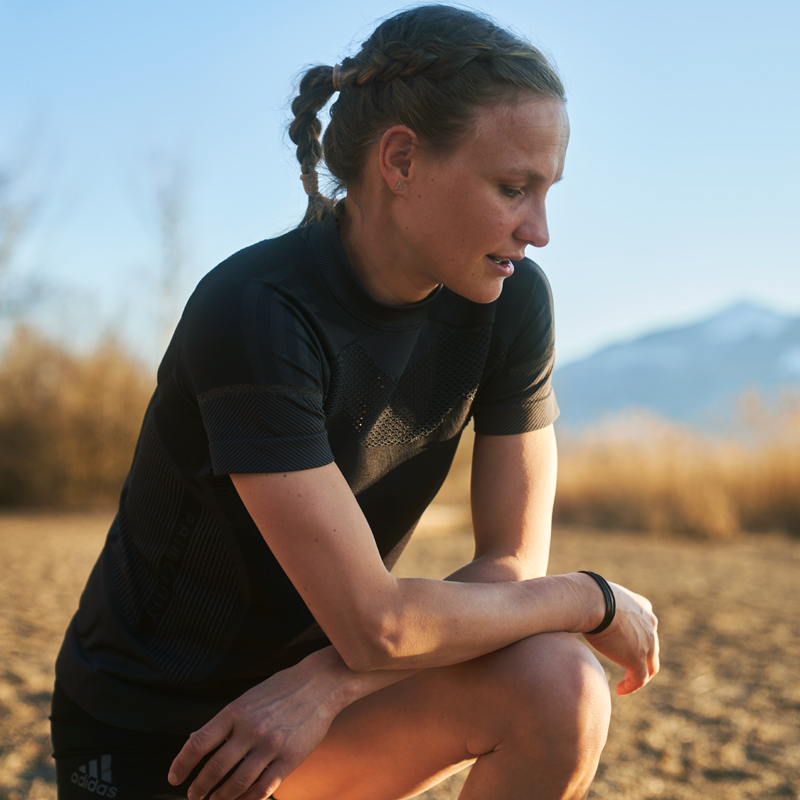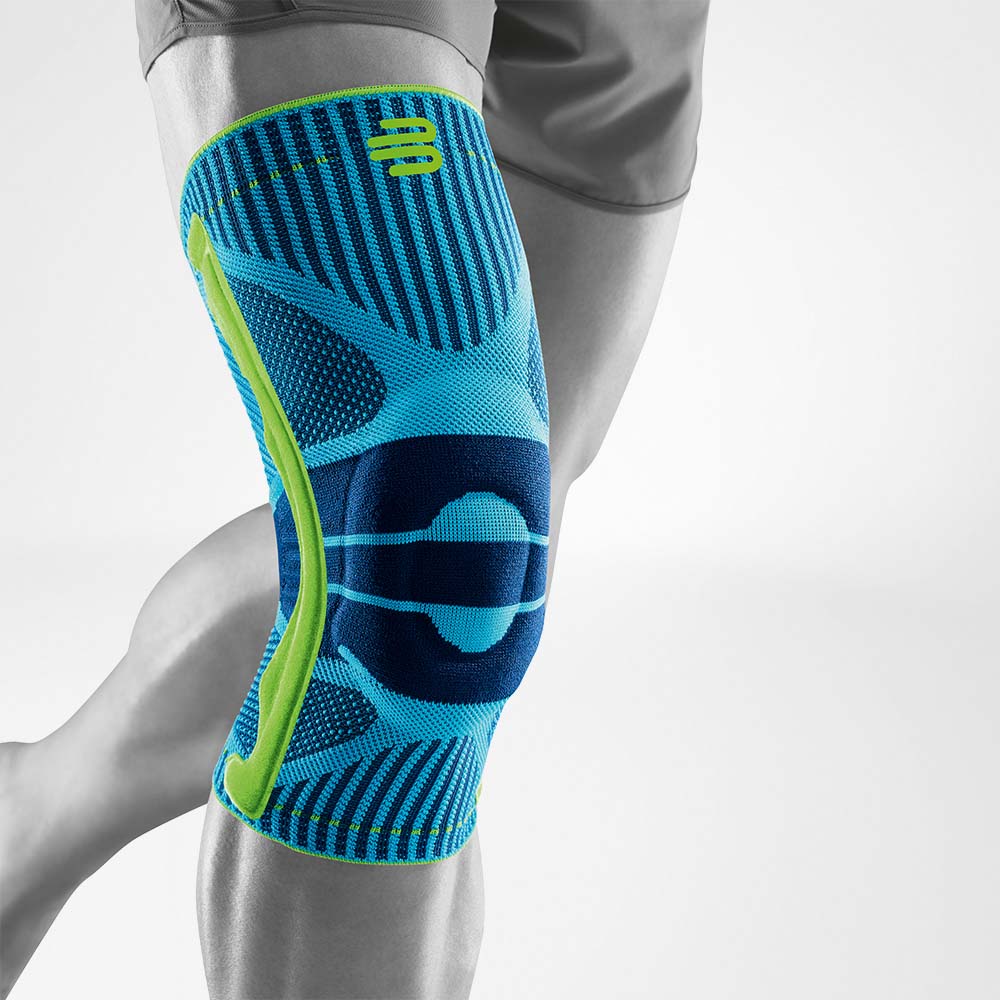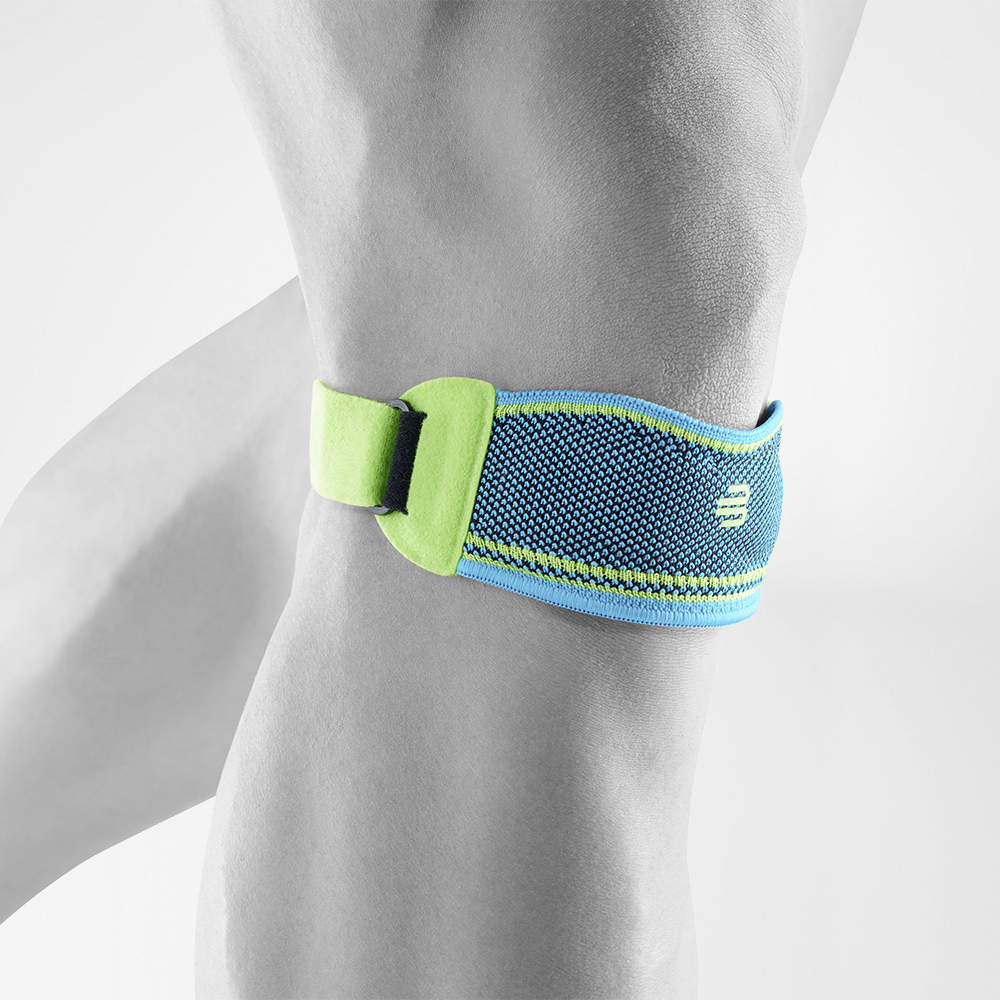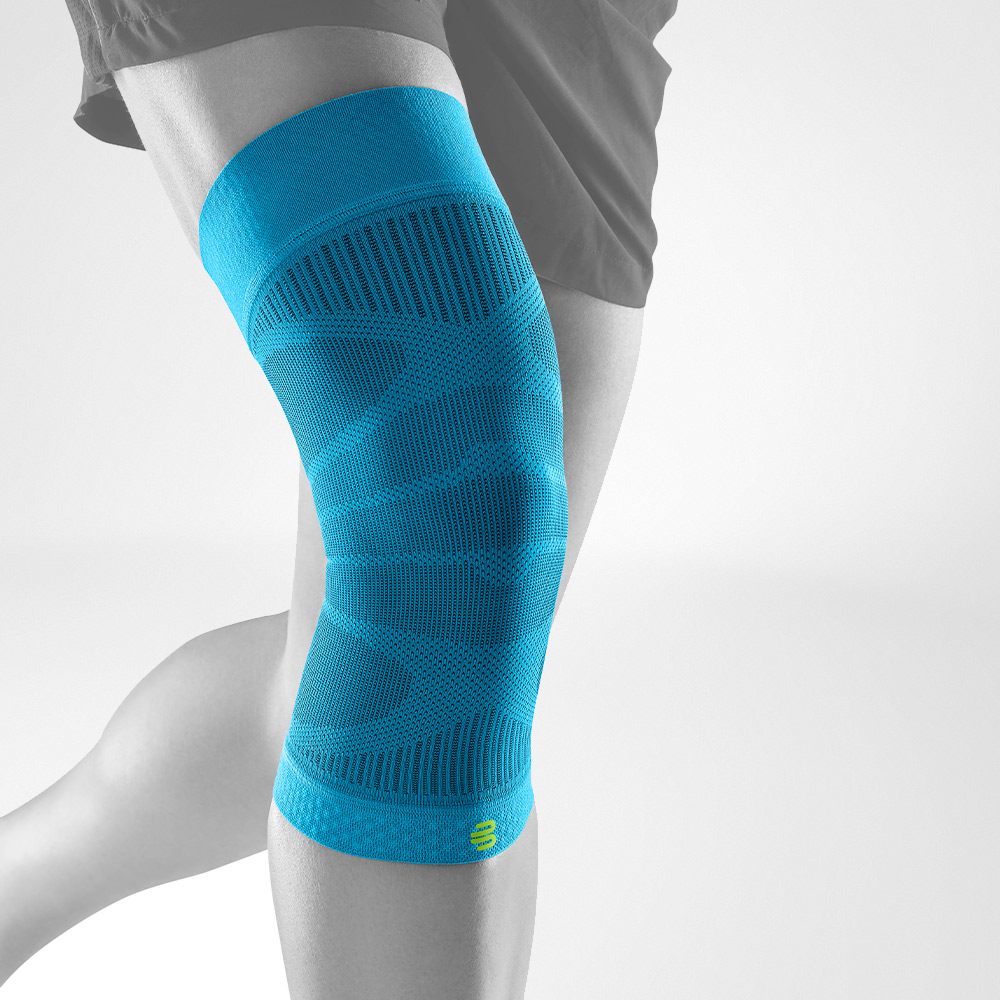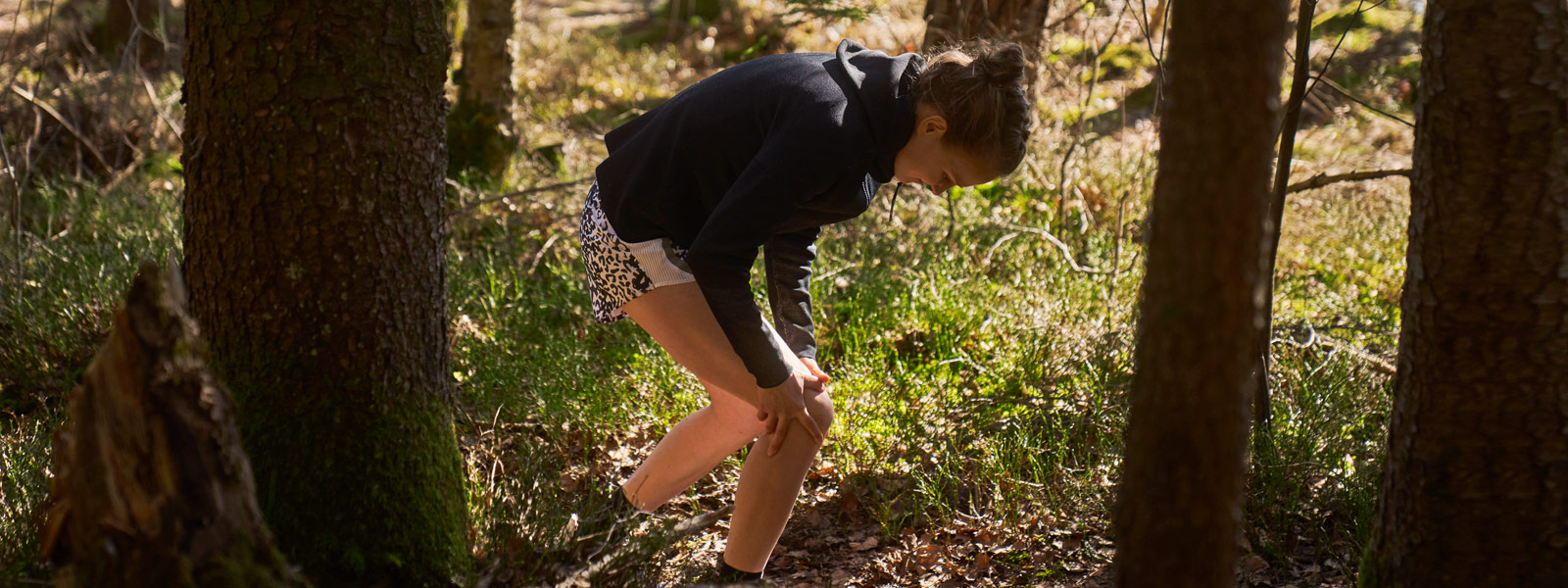
Running
Knee Pain After Running
What you can do about it
Runner's Knee
Runner's knee is one of the most common complaints among runners. Here you can find out everything you need to know about the symptoms, causes and treatment.
Patellar Tendonitis
Pain in the front or below the knee often indicates Patellar tendinitis. Find out more about how it develops and what you should bear in mind during running training.
Pes Anserine Bursitis
When runners have pain in the inner tibial plateau, the diagnosis is often Pes anserinus syndrome. Find out more about the causes, symptoms and treatment here.
Pain in the Back of the Knee
Pain in the back of the knee is often puzzling at first. We have summarised what is behind it and what you can do about it here.

In order to improve your performance when running and to beat your personal limit, you need a regular training plan with different intensities. Never forget that recovery in between sessions is just as important as the training itself. The training is always destruction; you will only improve with recovery. This way, you give power back to your muscles and prevent injury
Anna and Lisa Hahner, Germany's fastest marathon twins
Your shoes
As an experienced runner, you know how important decent running shoes are. If they don’t fit properly or don’t perfectly support your personal anatomy, knee problems will be inevitable. Even if you’ve found your favourite model – there’s no harm in getting a medical retailer to check whether it’s the right choice for you.
Moreover, shoes don’t last forever. Especially if you’re an ambitious and passionate runner, you quickly rack up the kilometres a running shoe can deal with before compromising on function. As a rule of thumb, running shoes should be replaced after 1,000 kilometres. However, take these specifications with a pinch of salt. Running style, model and terrain are just some of the factors that influence the durability of your shoes. You should therefore regularly check whether your shoes are still doing their job.
Terrain
Hilly trails promise varied, challenging running sessions – they can also be a real test for your knees. Knee pain is quite common when you’re running downhill because the load is much higher than on a level surface. Long routes on a laterally sloping surface are not good for your joints either. If you’re particularly prone to knee pain, you should avoid trails with changing height profiles. And if part of your route does go downhill, it’s better if you take many small steps; this reduces the impact on your knees.
Your training
Do you feel that your current record time is merely a snapshot and you can do better? Absolutely! But be careful that your enthusiasm doesn’t get the better of you. If you demand too much from your body, it will not be able to keep up at some point. You should also remember that it’s not just your sport that makes demands on you – a stressful time at work or the after-effects of a cold will also sap your energy. You can prevent excessive strain by adjusting your training plan to suit your fitness level. Only increase the complexity of your training slowly and ensure you take appropriate breaks. For healthy athletes without problems, an increase in ten per cent training each week is the golden rule. Most importantly: listen to your body and take warning signals seriously! Your muscles, tendons and ligaments will be thankful.
Your physical build
Rigid or shortened muscles, primarily on the outside of the thigh, or weak pelvic stabiliser muscles can lead to pain in the knee and ruin your enjoyment of running. Different leg lengths and leg axis differences, i.e. bandy legs or knock knees, can also cause knee problems when running. The same is true for misalignments of the feet, for example when the foot is turned inwards or outwards too much. If in doubt, have your foot and leg position checked by an expert; a misalignment can usually be compensated effectively with foot orthoses.

Sports Knee Support
Our best knee support for use during exercise to effectively reduce pain in cases of runner’s knee or pes anserine bursitis
Sports Knee Strap
Small but impressive! This patellar tendon support provides targeted pain relief for the front of the knee
Sports Compression Knee Support
Thanks to targeted compression, our introductory support improves depth perception of the knee and reduces the risk of injury

